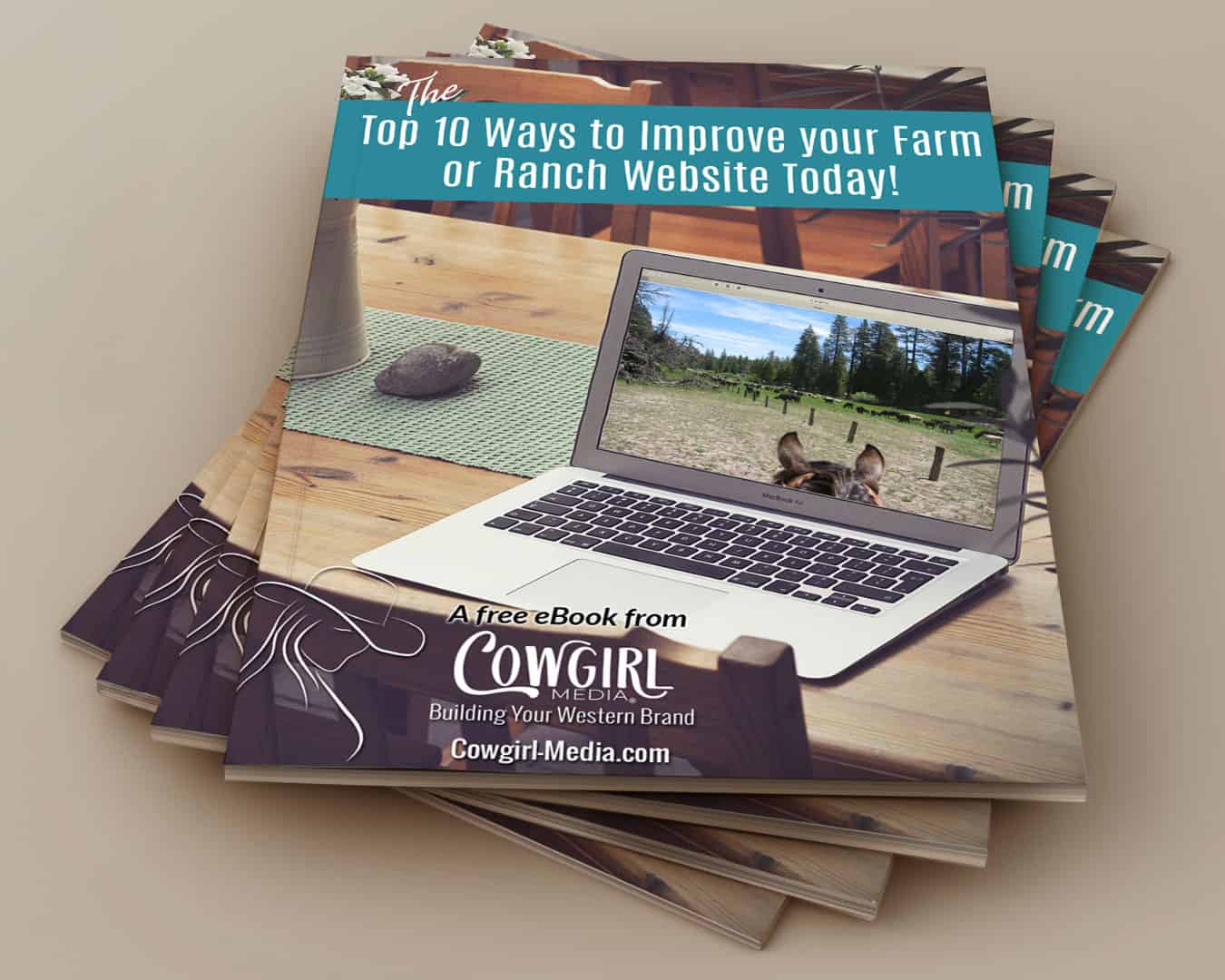 It’s a fact, most people do not have a clear understanding of federal copyright law. To the average user, if an image, story or article is posted on the internet, it MUST be free for the taking, right? Not quite.
It’s a fact, most people do not have a clear understanding of federal copyright law. To the average user, if an image, story or article is posted on the internet, it MUST be free for the taking, right? Not quite.
What most people do not understand is that when an individual creates a piece of work, it is automatically given copyrights. Registration with the U. S. Copyright Office is voluntary, and works are protected the moment they are created.
Copyright, a form of intellectual property law, protects original works of authorship including literary, dramatic, musical, and artistic works, such as poetry, novels, movies, songs, computer software, and architecture. Copyright does not protect facts, ideas, systems, or methods of operation, although it may protect the way these things are expressed. See Circular 1, Copyright Basics, section “What Works Are Protected.” (from the U.S. Copyright Office website)
There are other forms of protection for individual works, including trademarks and patents. While copyright protects original works of authorship, a patent protects inventions or discoveries, which are not protected under copyright law, however the way in which they are expressed may be. A trademark protects phrases, symbols, designs or words identifying the goods or services of one party and distinguishing them from those of others.
Downloading articles, images or other works from the internet, or using someone else’s work without their permission, in any way, is considered copyright infringement and is illegal, according to federal law. If an individual is found to have infringed on the copyrights of another, that person may be liable for damages up to $30,000 for each work infringed upon. That amount may be increased up to $150,000 for each work, if willful infringement is proven by the copyright owner. In addition, a violator may be liable for attorney’s fees incurred by the copyright owner while attempting to protect his or her own rights.
The doctrine of “fair use” has developed over the years through numerous court decisions. In some cases, the reproduction and limited use of a particular piece of work may be considered fair if it is used for editorial, research or educational purposes. Determining the difference between infringement and fair use may be difficult, and simple acknowledgment of the source of the copyrighted material does not substitute for obtaining permission.
While no longer required as a condition of copyright protection, it is always recommended to use a copyright notice as an identifier on your works. This notice typically consists of the symbol or word “copyright (or copr.),” the name of the copyright owner, and the year of first publication, e.g., ©2009 Theresa Sheridan. Use of this notice does not require permission from, or registration with the Copyright Office.
For more detailed information about Copyright law, please visit http://www.copyright.gov.
© 2009 Theresa Sheridan

